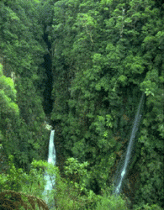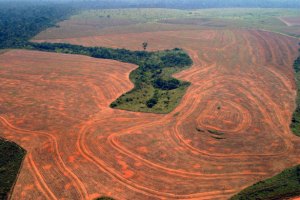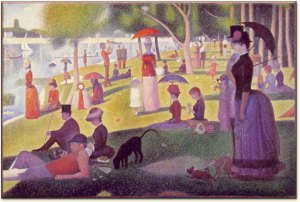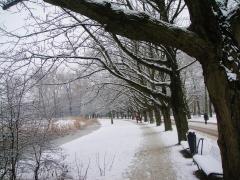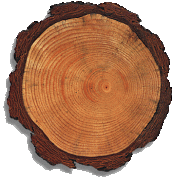Edward O. Wilson, the Harvard biologist, wrote a book called The Biophilia Hypothesis which describes “the connections that human beings subconsciously seek with the rest of life”. He argues that this desire for connection with nature is rooted in our biology. This is not a fantastic leap considering humans share 15 % of their genes (protein families) with rice or 33 % with the honey bee. Or as Arthur Koestler argued, we have an evolutionary history that includes the more instinctive reptilian part of our brain which argues with the enlarged neocortex, the centre for rational thought.
Although this should not be interpreted as irrationalism being a requisite cause for walking in nature. In fact, some researchers have found that it is precisely our rational habits of evaluating the environmental stimuli that allow people in nature to have a pleasant mood and experience. Stimuli in natural environments have shown to modestly attract our attention, unlike dense urban environments with their blaring horns and noisy streets which dramatically announce themselves. This modest focus of attention is like a slight meditation that allows the prefrontal cortex to refresh itself. This thinking is part of Attention Restoration Theory which examines environments that lead to improvements in directed-attention abilities.

Stripmalls...we can do better
These theories may go some distance in explaining the faster recovery of patients in hospitals with a view of nature. In 1984 Roger Ulrich, of the Texas A & M College of Architecture, found that gall bladder removal patients over the course of 10 years with a green view spent 7.96 days in hospital compared with 8.70 days of those with a brick wall view. Ulrich even found that hanging art representing natural landscapes yielded positive effects.

Cubicle nation is not natural
With these kinds of results and natural human tendencies it seems poor design to create sterile work environments which lack signs of nature, yet this is often the case. Nor does it make sense to completely concrete over natural spaces to create boring city blocks and moribund malls. What makes sense is to ‘greenify’ our surroundings as much as possible, while not forgetting that the tree is a ubiquitous component of natural landscapes.


